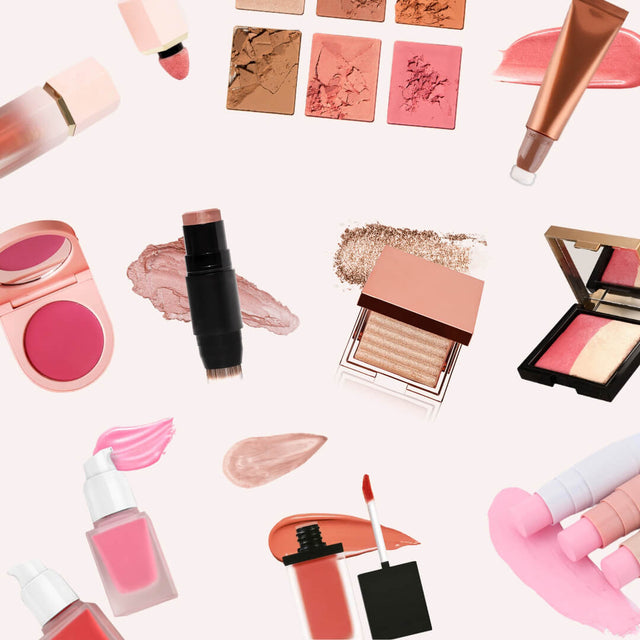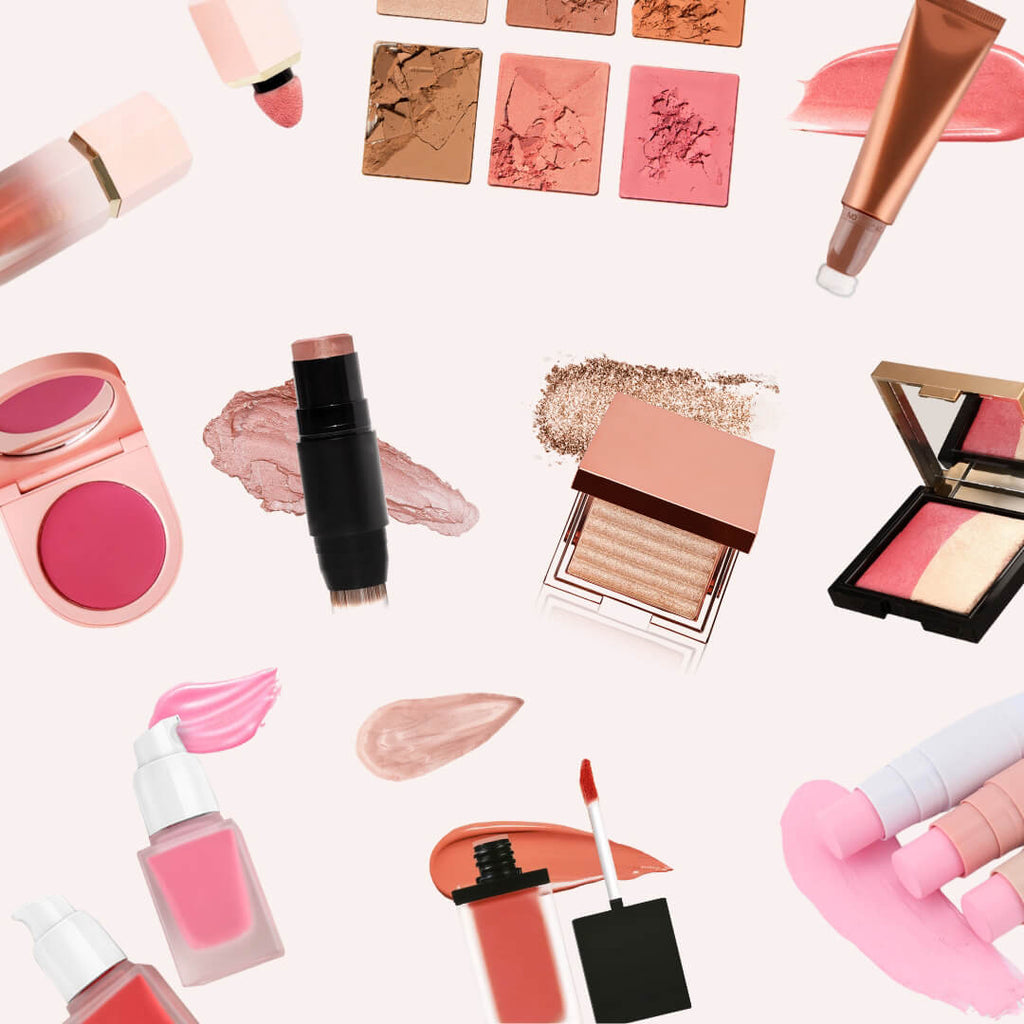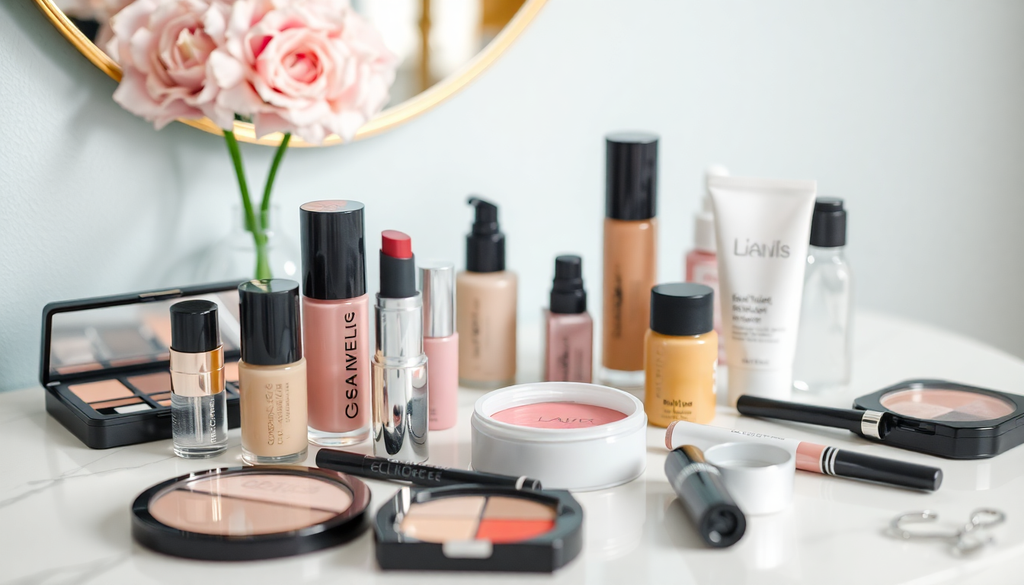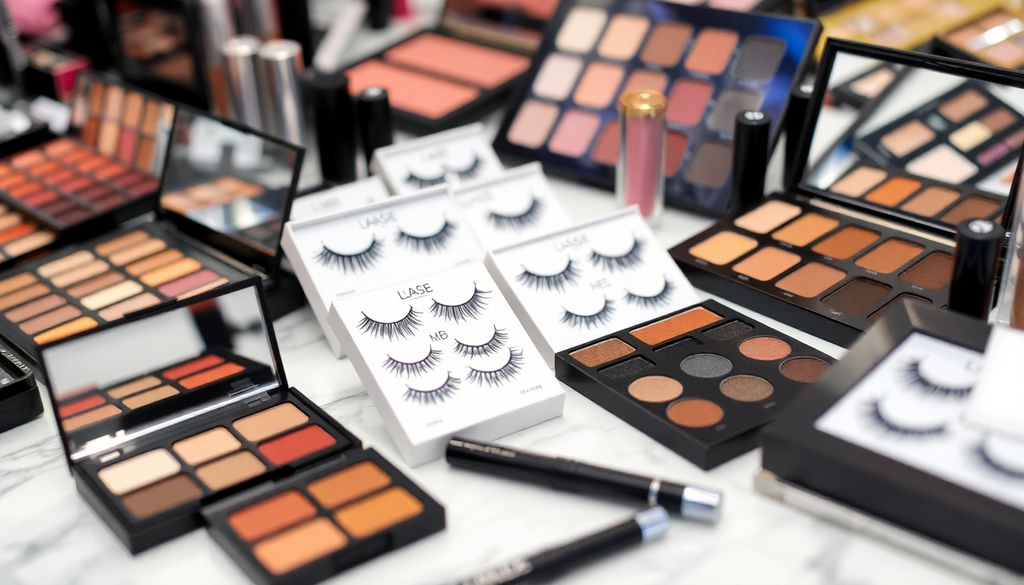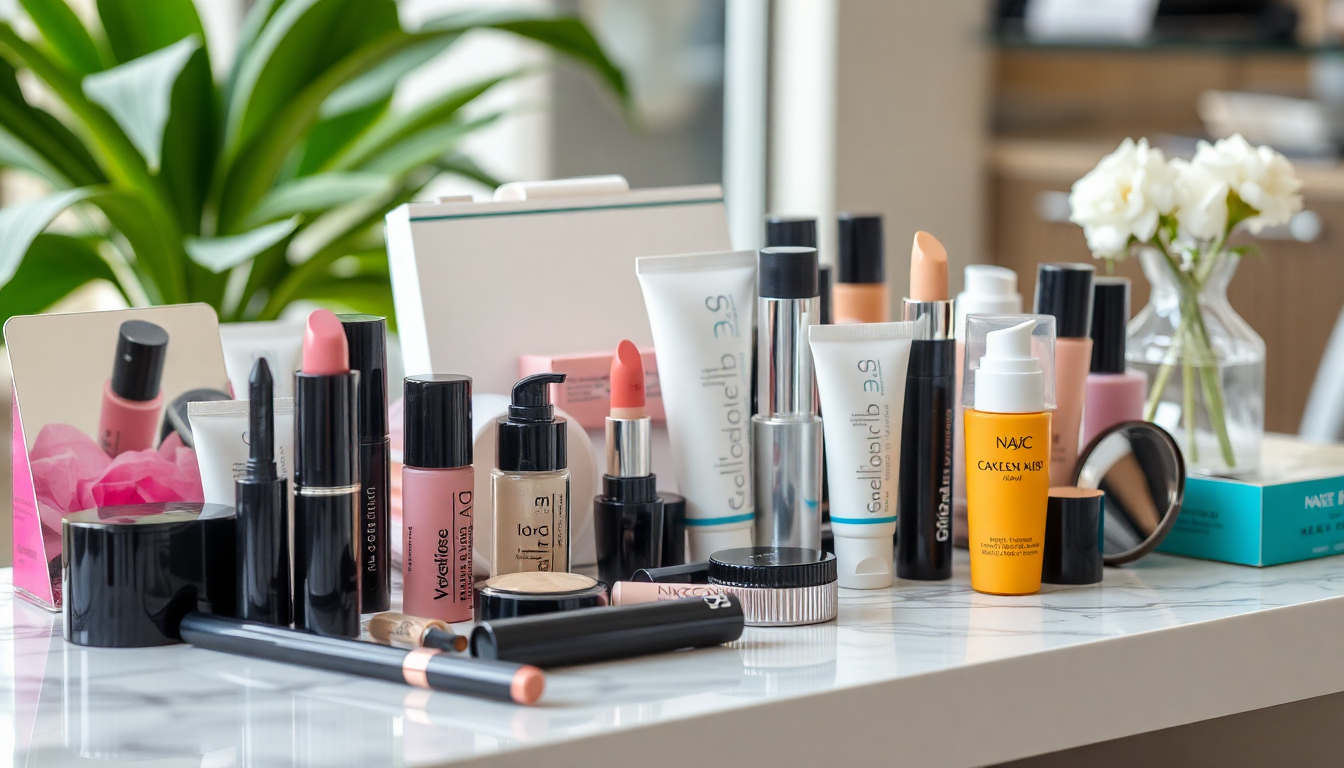
The Complete Guide to Launching Your Private Label Makeup Line: From Eyelash Packaging to Custom Lipstick Formulations Without Minimum Orders
Introduction
Starting a private label makeup line can be an exciting venture, allowing you to express your creativity and build a brand that resonates with your target audience. With the beauty industry continuously evolving, there’s never been a better time to launch your products. In this comprehensive guide, we will cover everything you need to know about launching your makeup line, from sourcing eyelash packaging to formulating custom lipsticks without the burden of minimum orders.
1. Understanding Private Label Makeup
Private label makeup involves creating products that are manufactured by one company but sold under another company's brand. This business model allows you to focus on branding and marketing while leveraging the expertise of manufacturers. Private label products often come with the flexibility of customizing formulations and packaging without the high costs typically associated with product development.
2. Researching Your Market
Before diving into product development, it’s vital to understand your target market:
- Identify Your Target Audience: Define who your ideal customers are. Consider demographics such as age, gender, location, and beauty preferences.
- Analyze Competitors: Investigate existing brands in the market. Look at their product offerings, marketing strategies, and customer reviews to spot gaps and opportunities.
- Assess Current Trends: Stay updated on makeup trends by following beauty influencers, attending trade shows, and reading industry publications.
3. Sourcing Suppliers
Finding the right suppliers is crucial for your private label makeup line. Here are some tips on how to source suppliers effectively:
- Search for Reputable Manufacturers: Look for manufacturers that specialize in cosmetics and have a proven track record. Platforms like Alibaba and ThomasNet can be useful.
- Minimum Order Quantities: Seek suppliers that do not impose minimum order quantities. This flexibility allows you to test products without significant financial risk.
- Request Samples: Always request samples to evaluate product quality. This step is essential to ensure that the products meet your standards and align with your brand image.
- Check Certifications: Ensure your supplier holds necessary certifications, such as GMP (Good Manufacturing Practices) and cruelty-free certifications, to assure product safety and ethical standards.
4. Choosing Your Products
Decide on the types of products you want to include in your makeup line. Common options are:
- Eyelashes and Eyelash Packaging: A popular choice for many makeup brands, offering a variety of styles can cater to different preferences.
- Custom Lipstick Formulations: Creating unique shades and finishes (matte, glossy, etc.) can set your brand apart.
- Eyeshadows and Blushes: Consider offering palettes that can be mixed and matched for personalization.
- Makeup Brushes and Tools: High-quality brushes are essential for makeup application, and they can complement your product range.
5. Customizing Your Formulations
Working with your supplier to develop unique formulations for your products is a crucial step. Here are some considerations:
- Ingredient Selection: Discuss the ingredients that align with your brand values, such as organic or vegan options.
- Testing Shades and Textures: Experiment with various shades and textures to find the perfect combinations that resonate with your audience.
- Quality Assurance: Implement a testing phase for your products to ensure they meet quality standards before launching.
6. Packaging and Branding
Your packaging is key to attracting customers and should reflect your brand's identity. Consider the following:
- Brand Identity: Develop a cohesive brand identity, including logo, color scheme, and typography that resonates with your target audience.
- Functional and Appealing Packaging: Choose packaging that is not only beautiful but also functional. Think about ease of use, durability, and how it will look on shelves or online.
- Eco-Friendly Options: Consider incorporating sustainable materials into your packaging to appeal to environmentally conscious consumers.
7. Understanding Cosmetics Regulations
Different countries have varying regulations regarding cosmetics labeling and safety. Here’s what you need to know:
- FDA Regulations: If you are selling in the United States, familiarize yourself with FDA regulations regarding ingredient safety, labeling, and marketing claims.
- EU Cosmetics Regulations: For selling in Europe, understand the stringent regulations set by the European Commission, including the requirement for a Safety Assessment.
- Import Policies: Research the import policies for your target markets to ensure compliance and avoid legal issues.
8. Setting Up Your Online Store
Creating an online store is essential for reaching your customers. Consider using platforms like:
- Shopify: Known for its user-friendly interface and extensive app ecosystem.
- WooCommerce: A flexible option for those familiar with WordPress.
- BigCommerce: Offers a range of built-in features tailored for growing businesses.
Make sure to optimize your website for SEO to improve visibility. Focus on:
- Keyword Research: Identify keywords relevant to your products and incorporate them into your product descriptions and blog posts.
- High-Quality Images: Use professional images to showcase your products effectively.
- Content Marketing: Create engaging content that provides value to your audience, such as tutorials and beauty tips.
9. Marketing Your Makeup Brand
Effective marketing strategies are vital to the success of your private label makeup line. Options include:
- Utilizing Social Media: Platforms like Instagram and TikTok are perfect for showcasing makeup products through visuals and tutorials.
- Collaborating with Influencers: Partnering with beauty influencers can help you reach a wider audience and build credibility.
- Running Targeted Ad Campaigns: Use Facebook and Google Ads to target specific demographics and drive traffic to your online store.
- Email Marketing: Build an email list to keep your audience informed about new launches, promotions, and beauty tips.
10. Launching Your Makeup Line
As you prepare to launch your line, consider the following steps:
- Host a Launch Event: Whether virtual or in-person, launch events can create buzz around your brand.
- Engage with Your Audience: Use social media and email campaigns to keep your audience engaged and excited about your products.
- Collect Feedback: After your launch, gather customer feedback to make adjustments and improvements to your products and offerings.
11. Managing Your Business Post-Launch
Once your products are launched, managing your business efficiently is key to long-term success. Consider the following:
- Inventory Management: Keep track of your inventory levels to avoid stockouts or overstock situations.
- Customer Service: Provide excellent customer service to build loyalty and encourage repeat purchases.
- Continuous Improvement: Stay open to feedback and continuously improve your products and services.
12. Scaling Your Makeup Line
Once you’ve established your brand, consider ways to scale your business:
- Expand Your Product Line: Introduce new products based on customer demand and market trends.
- Explore New Markets: Consider selling in international markets or through additional online platforms.
- Build Partnerships: Collaborate with other brands or retailers to reach new audiences.
Conclusion
Launching a private label makeup line can be a rewarding experience if you follow the right steps. By understanding your market, sourcing quality products, adhering to regulations, and effectively marketing your brand, you can successfully establish your presence in the beauty industry. Remember, persistence and adaptability are key to navigating the challenges of entrepreneurship. With dedication and the right strategies, your makeup line can thrive.

